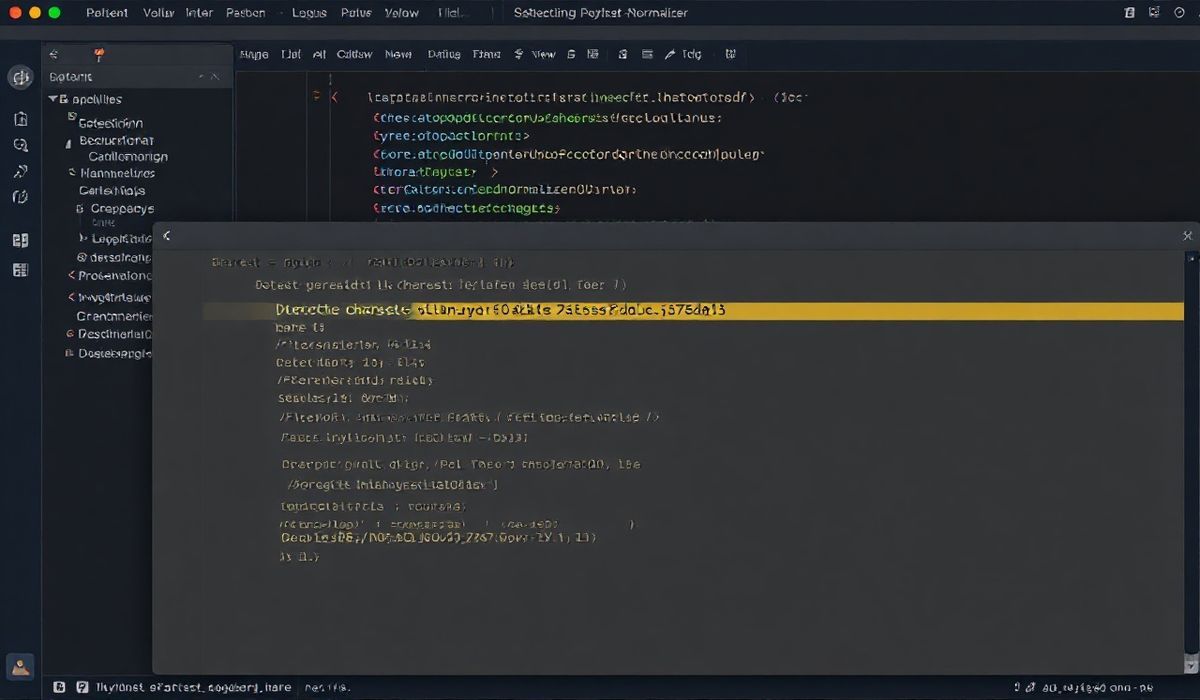Introduction to Charset Normalizer
In the modern digital world, handling diverse character encodings efficiently is critical for seamless software functionality. The charset-normalizer library in Python is a powerful tool for interpreting and repairing non-standard character encodings, making data processing pipelines more robust. This blog explores the impressive features of charset-normalizer, providing examples of its APIs to help you integrate it into your projects effectively.
What is Charset Normalizer?
charset-normalizer is a Python library designed to detect and normalize text encodings. It is a popular alternative to the chardet library, offering advanced features like better accuracy, results explanations, and compatibility with Python 3 environments.
Key Features of Charset Normalizer
- High accuracy in detecting character encodings.
- Automatic normalization of text to a user-specified encoding.
- Easy-to-use APIs suitable for beginners and experienced developers alike.
- Comprehensive documentation and strong compatibility with Python 3.
Popular APIs Explained with Code Snippets
1. Detect Character Encoding
Detect the encoding of a given text file using the from_path method.
from charset_normalizer import from_path
results = from_path('example.txt')
for result in results:
print(f"Detected Encoding: {result.encoding}")
print(f"Confidence: {result.encoding_confidence}")
2. Parse and Normalize Text
The from_bytes method allows you to work directly with byte data, parsing and normalizing it to your desired encoding.
from charset_normalizer import from_bytes
byte_content = b'\xe5\xad\xa6\xe7\x94\x9f'
results = from_bytes(byte_content)
for result in results:
print(f"Normalized String: {result.string}")
3. Save Normalized Content
Save your normalized content back to a file with ease.
from charset_normalizer import from_path
results = from_path('example.txt')
for result in results:
with open('normalized_example.txt', 'w', encoding='utf-8') as f:
f.write(result.string)
4. Checking CLI Usage
Charset Normalizer comes with CLI support, enabling quick checks on text files.
# Type this in the terminal charset_normalizer --file example.txt
A Practical App Example
Below is an example of a Python script that uses charset-normalizer to process multiple text files in a directory. The script detects encodings, normalizes them, and saves them in a uniform format.
import os
from charset_normalizer import from_path
directory = "text_files"
output_dir = "normalized_texts"
if not os.path.exists(output_dir):
os.makedirs(output_dir)
for filename in os.listdir(directory):
if filename.endswith(".txt"):
file_path = os.path.join(directory, filename)
results = from_path(file_path)
for result in results:
normalized_file_path = os.path.join(output_dir, filename)
with open(normalized_file_path, 'w', encoding='utf-8') as f:
f.write(result.string)
By implementing this tool, developers can ensure all text files in a project adhere to a standard encoding, preventing errors during data processing and analysis.
Conclusion
charset-normalizer is a highly efficient and robust library that simplifies handling diverse text encodings. From detecting character sets to normalizing text data, this library offers a range of capabilities suitable for both small-scale applications and enterprise-level workflows. By following the examples in this blog, you can seamlessly integrate charset-normalizer into your Python projects.




